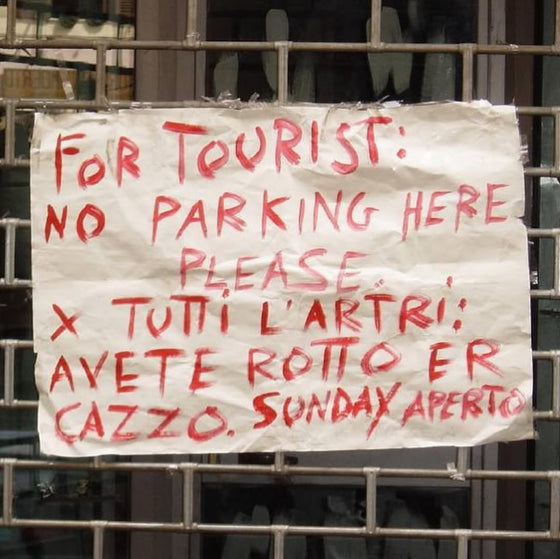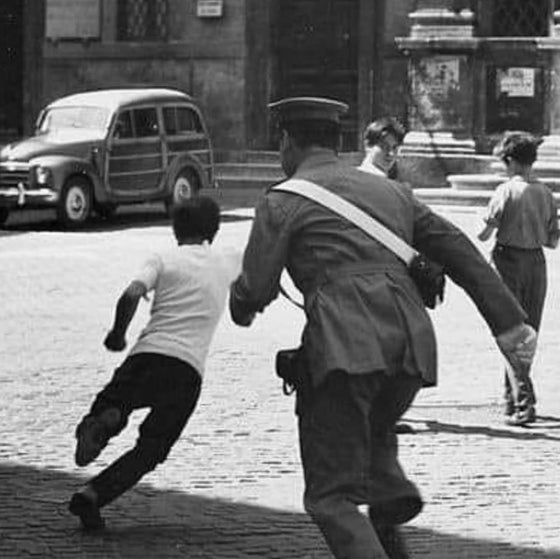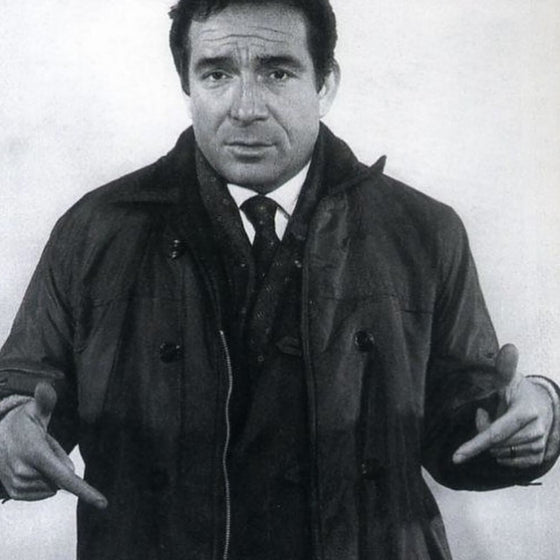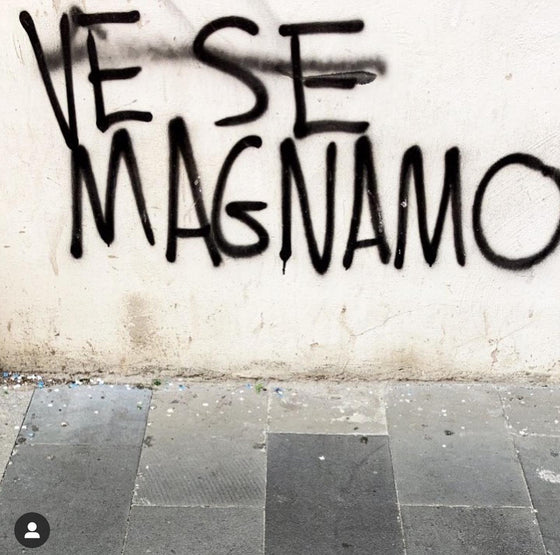
Elegant and cosmopolitan, Titina Maselli (Rome, 1924-2005) is one of the most original Italian artists of the twentieth century. Hers is counter-current art. She rejected easy options and did not pander to the fashion of the day or market diktats: she did not have the backing of one particular gallery. Her work expresses a personality that is out of the ordinary, to the extent that the ‘character Titina’ overshadowed her sophisticated production, which remained unknown for many years and was all but ignored by the critics. A free spirit, Titina is an artist who defies categorisation. Whenever she was asked what art was, she would reply: “The only justification”. Titina grew up in a stimulating environment, which contributed to accentuating her strong and emancipated personality. When she was eleven she began to paint and was immediately smitten with the modern city: not the monumental one, but the nondescript, unrecognisable, nocturnal suburbs. She had her first exhibition at the age of twenty-four at the Galleria L’Obelisco in Rome in 1948. After her first personal show in 1948 at the Galleria l’Obelisco in Rome, Titina Maselli participated in all the most important national exhibitions, such as the Venice Biennale (various times between 1950 and 1995) and the Rome Quadriennale (various times from 1951 to 2000). During her years in New York (1952-1955) motives she had already used – such as the urban panorama, particularly at night, and depictions of boxers or footballers – would find a new expressive vigour. After a sojourn in Austria between 1955 and 1958, the artist returned to Rome before moving to Paris in 1970. To name just a few of her most relevant personal exhibitions: the Durlacher Gallery in New York (1953 and 1955), the Fondation Maeght in Saint-Paul-de-Vence (1972), the Musée d’Art Moderne de la Ville in Paris (1975), the Kunstamt Kreuzberg in Berlin (1979), the Pinacoteca and Musei Comunali in Macerata (1985), the Casa del Mantegna in Mantua (1991), the Galleria Giulia in Rome (1998) and the Istituto Italiano di Cultura in Strasbourg (1998). Maselli also worked intensively as a set designer, working in particular with French theatres (Mary Stuart, Avignon Festival, 1983) and German ones (Six Characters in Search of an Author, Berlin, Freie Volksbühne, 1981).

Titina Maselli, Essere in Movimento
Softcover, 24x28 cm, 104 pages | Maretti Editore
ISBN: 978-88-89477-89-2







